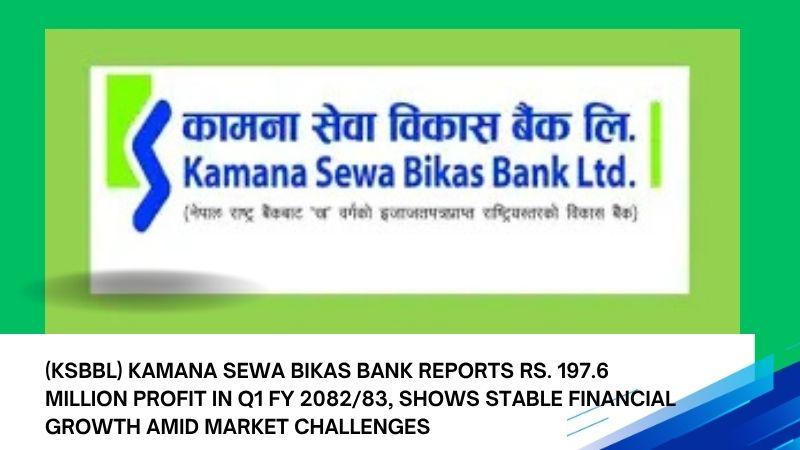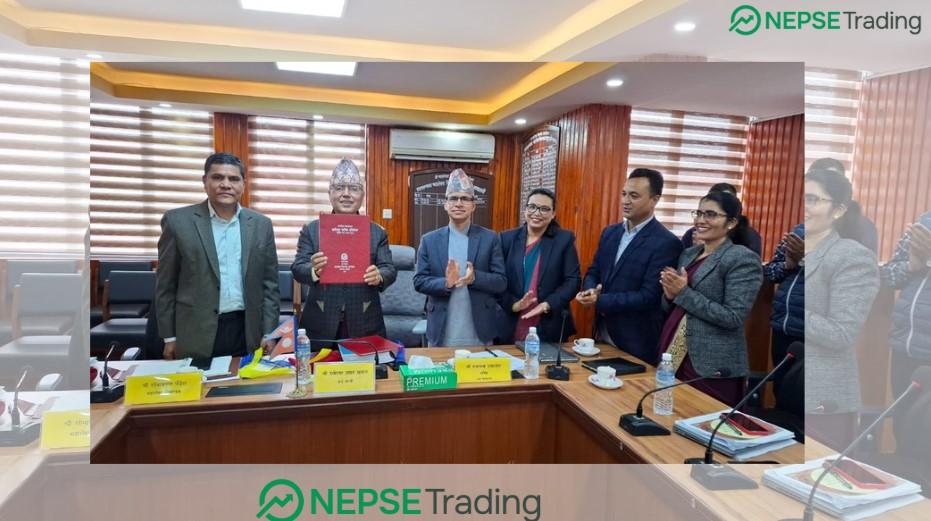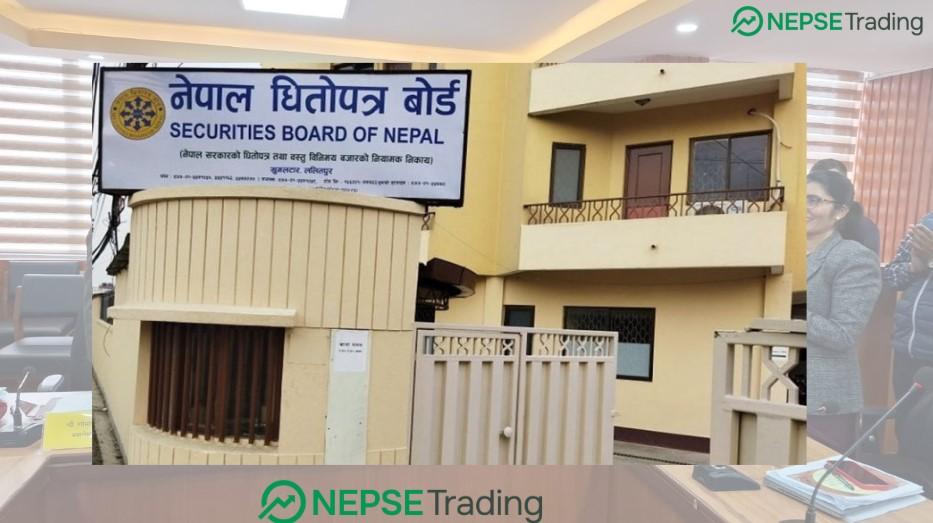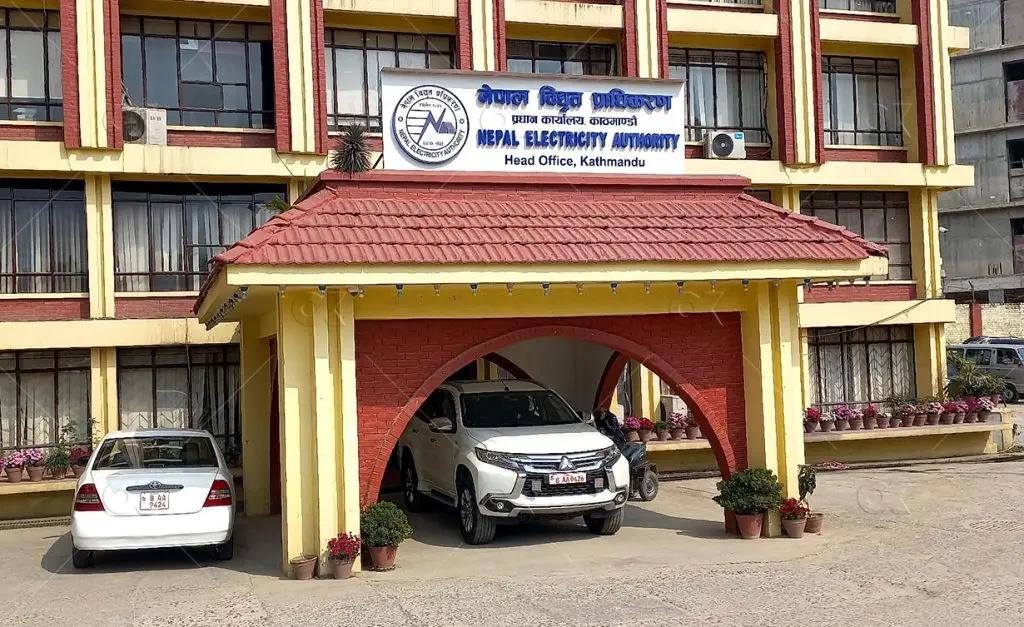By Dipesh Ghimire
Economic Struggles Continue Despite Seven-Point Agreement: A Reality Check

When Nepal’s two major political parties, the Nepali Congress and the CPN-UML, signed a seven-point agreement in Asar, they promised to revitalize the sluggish economy. Their commitment included fostering a reliable and professional business environment, stimulating economic activities, encouraging both domestic and foreign investment, and creating ample and dignified employment opportunities. However, seven months down the line, key economic indicators paint a concerning picture.
Government revenue collection remains a major concern. In the first seven months of the current fiscal year (Shrawan to Magh), the government managed to collect NPR 642.85 billion in revenue, significantly lower than its target of NPR 774.80 billion. The shortfall of nearly NPR 132 billion highlights deeper economic inefficiencies, raising questions about the effectiveness of tax policies and enforcement mechanisms.
One of Nepal’s long-standing economic challenges is its inability to utilize allocated capital expenditure. Despite setting aside NPR 352 billion for capital projects this fiscal year, the government aimed to spend NPR 118.40 billion by Magh but only managed to utilize NPR 68.41 billion. This underperformance in capital spending has stunted infrastructure development, job creation, and overall economic momentum.
Similarly, Nepal has received NPR 7.82 billion in foreign aid and grants in the past seven months, which accounts for only 16.87% of the annual target. With government revenue at NPR 659.73 billion and expenses totaling NPR 754.85 billion, the treasury currently faces a deficit of around NPR 95 billion.
To address declining revenue collection, the government must tackle key policy, technical, and monitoring challenges. First, Nepal has struggled to establish a credible investment climate, discouraging capital inflow. Banks are holding excess liquidity, yet loan disbursement remains sluggish due to weak investment sentiment. The lack of new investments has also affected import levels, leading to reduced customs revenue.
Second, more than half of government revenue comes from customs duties. However, smuggling, tax evasion, and inefficiencies at customs checkpoints remain rampant. While imports increased by 3% in Mangsir and 7% in Poush, and exports surged by 31% in the same period, this rise did not translate into proportional revenue growth. This suggests that tax leakage and weak regulatory enforcement continue to undermine revenue collection.
The government must strengthen oversight at customs checkpoints, enhance monitoring mechanisms, and leverage technology to curb tax evasion. Additionally, realistic revenue targets must be set, aligning them with the government's capacity to achieve them.
Nepal’s capital expenditure problem is not new. A significant portion of the national budget is earmarked for administrative expenses, leaving limited funds for development projects. For instance, in the FY 2081/82 budget of NPR 1.86 trillion, only NPR 352.35 billion was allocated for capital expenditure. However, in the first seven months, the government spent NPR 50 billion less than its targeted expenditure.
The failure to utilize capital expenditure directly impacts infrastructure development, employment generation, and economic growth. When development projects stall, the expected economic benefits—such as job creation, increased productivity, and better trade prospects—fail to materialize. The government must reform project implementation strategies, streamline bureaucratic hurdles, and improve coordination between ministries to ensure that funds are used effectively.
When the current coalition government was formed in mid-2023, it sparked optimism. The promises made by leading political parties created hope for economic revival. However, that initial enthusiasm has faded as the government’s economic performance has fallen short of expectations.
One of the primary issues is that the government has not demonstrated the leadership strength required to navigate Nepal’s economic challenges. Without clear strategies to boost investment, reform tax administration, and accelerate capital expenditure, economic stagnation will persist.
The consequences of these economic shortcomings extend beyond finance. If left unaddressed, the ongoing economic crisis will not only disrupt businesses and job markets but could also lead to broader political and social instability. The two largest parties in parliament must recognize the urgency of the situation and translate their commitments into tangible economic progress.
To overcome these economic setbacks, the government needs to take immediate and decisive action. Key priorities should include:
Investment Promotion – Creating a business-friendly environment that encourages both domestic and foreign investment.
Revenue Enhancement – Strengthening customs oversight and adopting digital tax monitoring systems to minimize tax evasion.
Capital Expenditure Efficiency – Ensuring timely and effective utilization of development funds to boost infrastructure growth and employment.
Policy Reforms – Addressing structural weaknesses in tax collection, public spending, and investment policies.
The government’s ability to demonstrate economic leadership in the coming months will determine whether Nepal can break free from its current economic slowdown or sink deeper into financial distress. Now is the time for policymakers to act with urgency and vision.









